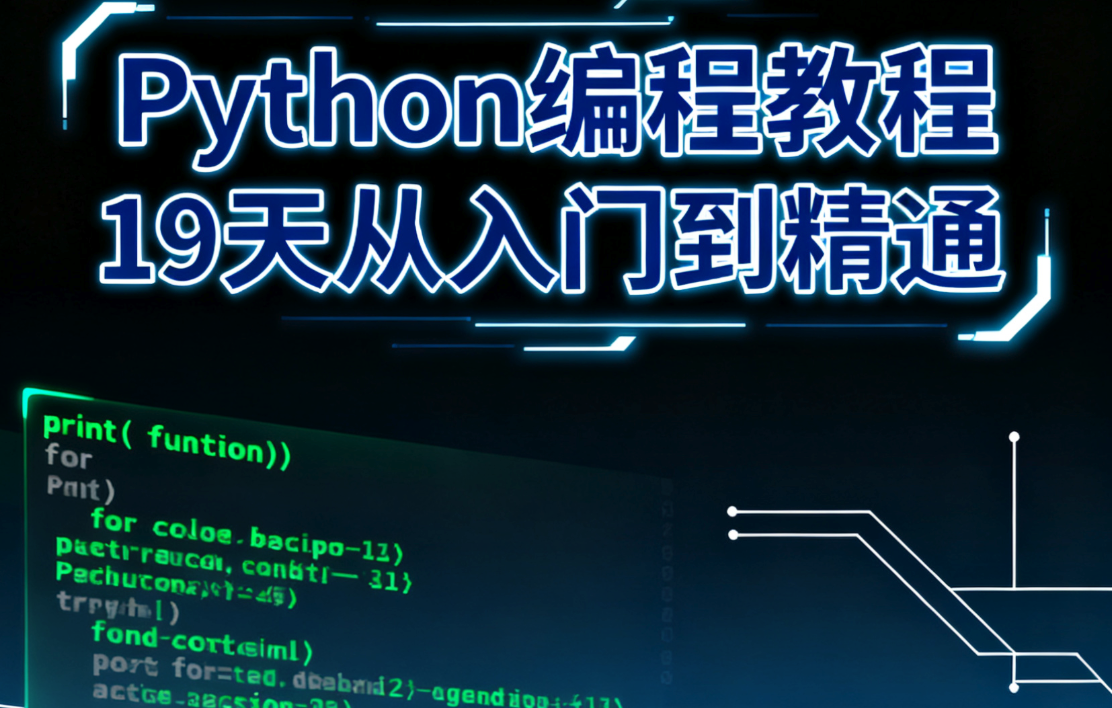在c++++中,自定义异常错误信息的推荐做法是继承std::exception并重载what()方法。1. 创建一个继承自std::exception的类,并添加用于存储错误信息的std::string成员变量;2. 在构造函数中接收错误信息字符串并初始化该成员变量;3. 重写what()方法,返回该成员变量的c_str(),确保指针生命周期有效;4. 可选地,为异常类添加额外上下文信息(如文件名、行号、错误码)并在构造函数中初始化;5. 可选择在what()中整合上下文信息或提供独立getter方法以支持结构化访问。这种方式不仅保持与标准异常处理机制兼容,还提升了错误信息的可读性和程序对异常的精细控制能力。

在C++中,要自定义异常的错误信息,最直接且推荐的做法是继承自
std::exception
what()

解决方案
自定义C++异常并重载
what()
std::exception
what()
以下是一个基本的实现思路:
立即学习“C++免费学习笔记(深入)”;

#include <exception>
#include <string>
#include <iostream>
#include <stdexcept> // For std::runtime_error example
// 自定义异常类
class MyCustomException : public std::exception {
private:
std::string message_; // 存储具体的错误信息
public:
// 构造函数,接收错误信息
explicit MyCustomException(const std::string& msg) : message_(msg) {}
// 重载what()方法,返回错误信息
// 注意:noexcept是C++11引入的,表示该函数不会抛出异常
// 返回的const char* 必须在异常对象的生命周期内有效
const char* what() const noexcept override {
return message_.c_str();
}
// 也可以添加其他方法来获取更详细的上下文信息
// 例如:int getErrorCode() const;
};
// 示例函数,可能抛出自定义异常
void process_data(int value) {
if (value < 0) {
// 抛出带有特定错误信息的自定义异常
throw MyCustomException("输入值不能为负数: " + std::to_string(value));
}
// 模拟其他处理...
std::cout << "数据处理成功: " << value << std::endl;
}
int main() {
try {
process_data(10);
process_data(-5); // 这里会抛出异常
} catch (const MyCustomException& e) {
// 捕获自定义异常
std::cerr << "捕获到自定义异常: " << e.what() << std::endl;
} catch (const std::exception& e) {
// 捕获其他标准异常
std::cerr << "捕获到标准异常: " << e.what() << std::endl;
} catch (...) {
// 捕获所有其他未知异常
std::cerr << "捕获到未知异常" << std::endl;
}
std::cout << "程序继续执行..." << std::endl;
return 0;
}在这个例子中,
MyCustomException
std::string
what()
e.what()
为什么不直接抛出std::string
登录后复制或者C风格字符串?
std::string
在我看来,直接抛出
std::string

首先,它丧失了类型信息。当你
throw std::string("Error!")catch (std::string& e)
catch (const std::exception& e)
其次,
std::exception
what()
std::exception
std::exception
e.what()
std::string
char*
最后,内存管理也是一个考量。抛出
std::string
std::string
char*
std::exception
what()
登录后复制方法返回const char*
登录后复制的注意事项与内存管理?
what()
const char*
what()
const char* what() const noexcept
- *`const charwhat()`返回的是一个指向常量字符数组的指针。你不能通过这个指针修改错误信息。更重要的是,这个指针所指向的内存必须在异常对象本身的生命周期内保持有效。
返回类型**:这意味着
登录后复制 -
成员函数:表示
const
登录后复制是一个常量成员函数,它不会修改对象的状态。这意味着你可以在常量对象(包括被what()
登录后复制引用捕获的异常对象)上调用它。const
登录后复制 -
关键字:这是一个非常重要的保证。
noexcept
登录后复制表示这个函数承诺不会抛出任何异常。在异常处理过程中,如果noexcept
登录后复制本身又抛出了异常,那将导致程序立即终止(what()
登录后复制)。因此,std::terminate
登录后复制的实现必须是“绝对安全”的,不能有任何可能失败的操作,比如内存分配、文件IO等。what()
登录后复制
基于这些约束,最佳实践通常是:将错误信息存储在自定义异常类的一个
std::string
what()
std::string
message_.c_str()
class MyCustomException : public std::exception {
private:
std::string message_; // 存储错误信息
public:
explicit MyCustomException(const std::string& msg) : message_(msg) {}
const char* what() const noexcept override {
// 关键点:返回内部std::string的c_str()
// std::string保证了其内部缓冲区的生命周期与std::string对象一致
return message_.c_str();
}
};这种方式确保了
what()
const char*
message_
std::string
message_
MyCustomException
MyCustomException
message_
常见陷阱:
-
返回局部变量的地址:如果你在内部创建一个临时的
what()
登录后复制,然后返回它的std::string
登录后复制,这是错误的。因为临时c_str()
登录后复制在std::string
登录后复制函数返回后就会被销毁,其内部缓冲区也随之无效,导致返回的指针成为悬空指针。what()
登录后复制// 错误示例 const char* what() const noexcept override { std::string temp_msg = "Error: " + message_; return temp_msg.c_str(); // temp_msg在函数返回后销毁,指针悬空 }登录后复制 -
返回字面量字符串(不带拷贝):虽然字面量字符串生命周期是静态的,但如果你想在其中嵌入变量信息,就需要动态构造,那又回到了第一个陷阱。
// 这种简单返回字面量是安全的,但无法自定义内容 const char* what() const noexcept override { return "Generic error."; }登录后复制
如何在自定义异常中包含更多上下文信息?
仅仅一个简单的错误信息字符串,在很多复杂的场景下可能远远不够。当异常发生时,我们往往需要知道更多上下文信息来定位问题,比如:哪个文件出了问题?哪一行代码?具体的错误码是什么?操作的用户是谁?时间戳是多少?
为了在自定义异常中包含这些更丰富的上下文信息,我们可以为异常类添加额外的成员变量,并在构造函数中接收这些信息。然后,我们可以选择几种方式来暴露这些信息:
-
在
方法中整合所有信息: 这是最直接的方式。你可以在what()
登录后复制的实现中,将所有相关的上下文信息拼接成一个更长的、更详细的错误字符串。what()
登录后复制#include <exception> #include <string> #include <iostream> #include <sstream> // 用于字符串拼接 class FileOperationException : public std::exception { private: std::string message_; std::string filename_; int line_number_; int error_code_; // 比如系统错误码 public: FileOperationException(const std::string& msg, const std::string& filename, int line, int err_code) : message_(msg), filename_(filename), line_number_(line), error_code_(err_code) {} const char* what() const noexcept override { std::ostringstream oss; oss << "文件操作错误: " << message_ << " (文件: " << filename_ << ", 行: " << line_number_ << ", 错误码: " << error_code_ << ")"; // 注意:这里需要将拼接后的字符串存储起来,不能直接返回临时对象的c_str() // 最佳实践是,让message_存储完整的拼接字符串 // 为了演示,这里假设message_已经包含了所有信息 return message_.c_str(); // 假设message_在构造时就已拼接好 } // 为了避免what()内部拼接导致的问题,通常会在构造函数或一个内部辅助函数中完成拼接 // 或者,更好的方法是提供getter,让外部按需获取详细信息 // 这里只是为了演示在what()中包含更多信息的概念,实际代码中message_应该在构造函数中完成拼接 }; // 改进后的FileOperationException,在构造函数中拼接what()信息 class ImprovedFileOperationException : public std::exception { private: std::string full_message_; // 存储what()的完整信息 std::string filename_; int line_number_; int error_code_; // 辅助函数,用于构建完整的错误信息 std::string build_full_message(const std::string& msg, const std::string& filename, int line, int err_code) { std::ostringstream oss; oss << "文件操作错误: " << msg << " (文件: " << filename << ", 行: " << line << ", 错误码: " << err_code << ")"; return oss.str(); } public: ImprovedFileOperationException(const std::string& msg, const std::string& filename, int line, int err_code) : full_message_(build_full_message(msg, filename, line, err_code)), filename_(filename), line_number_(line), error_code_(err_code) {} const char* what() const noexcept override { return full_message_.c_str(); } // 提供独立的getter方法,让捕获者可以结构化地访问这些信息 const std::string& getFilename() const { return filename_; } int getLineNumber() const { return line_number_; } int getErrorCode() const { return error_code_; } }; void read_config(const std::string& path) { // 模拟文件读取失败 if (path == "invalid.conf") { throw ImprovedFileOperationException("无法打开配置文件", path, __LINE__, 1001); } std::cout << "成功读取配置文件: " << path << std::endl; } int main_context_info() { try { read_config("valid.conf"); read_config("invalid.conf"); } catch (const ImprovedFileOperationException& e) { std::cerr << "捕获到文件操作异常: " << e.what() << std::endl; std::cerr << "详细信息 - 文件: " << e.getFilename() << ", 行: " << e.getLineNumber() << ", 错误码: " << e.getErrorCode() << std::endl; } catch (const std::exception& e) { std::cerr << "捕获到标准异常: " << e.what() << std::endl; } return 0; }登录后复制 -
提供独立的Getter方法: 这是我个人更倾向的方式。虽然
提供了一个通用的字符串描述,但在程序中,你可能需要根据错误码来做分支判断,或者根据文件名来记录日志。仅仅解析what()
登录后复制返回的字符串是低效且容易出错的。因此,为每个上下文信息提供独立的getter方法,可以让捕获者以结构化的方式访问这些数据,而不是依赖字符串解析。what()
登录后复制在上面的
示例中,我就同时提供了ImprovedFileOperationException
登录后复制方法返回一个详细的字符串,也提供了what()
登录后复制、getFilename()
登录后复制、getLineNumber()
登录后复制等getter方法。这样,无论是人类阅读还是程序逻辑判断,都能获得所需的信息。getErrorCode()
登录后复制
选择哪种方式取决于你的需求。如果只是为了日志记录或给用户看,
what()
以上就是如何自定义C++异常的错误信息 重载what()方法最佳实践的详细内容,更多请关注php中文网其它相关文章!

每个人都需要一台速度更快、更稳定的 PC。随着时间的推移,垃圾文件、旧注册表数据和不必要的后台进程会占用资源并降低性能。幸运的是,许多工具可以让 Windows 保持平稳运行。

-
2025-11-04 16:19:33
-
2025-11-04 16:17:55
-
2025-11-04 16:16:02
-
2025-11-04 16:16:02
-
2025-11-04 16:14:02
-
2025-11-04 16:12:25
-
2025-11-04 16:11:14
-
2025-11-04 16:11:02
-
2025-11-04 16:11:02
-
2025-11-04 16:10:03




























